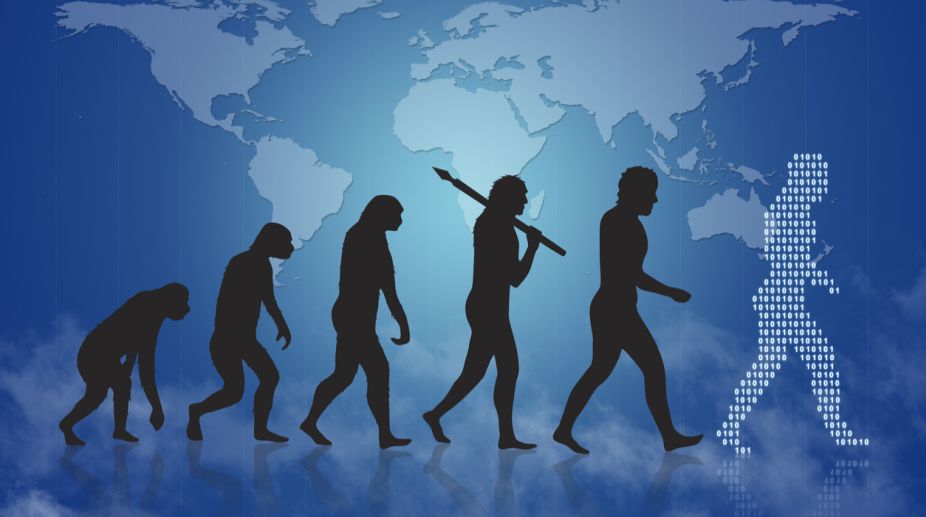“Our planet is a lonely speck in the great enveloping cosmic dark. In our obscurity – in all this vastness – there is no hint that help will come from elsewhere to save us from ourselves. It is up to us.” – Carl Sagan Darwin’s explanation of ‘Natural Selection’ demonstrates how heritable traits in species that aid survival in a given environment are more likely to be passed on to the next generation than characteristics that diminish chances of survival.
To date, this logic remains unassailable by all but the very myopic (notably godmen of all colours!). Because there was a greater understanding of geology than genetics and consequently a huge reliance on the fossil record, most of Darwin’s supporters, notably Sir Charles Lyell, strongly defended the proposition that evolution was a gradual, adaptive process involving micro changes, which over time ended up creating new species, or virtually unrecognisable versions of themselves.
Advertisement
Then came along a geneticist called Richard Goldschmidt who coined the non-scientific term ‘Hopeful Monster’ to describe creatures that mutated as a result of quick, catastrophic events that caused changes (speciation) that favoured their unusual physical attributes.
The idea of sudden evolutionary change was ridiculed by most scientists of the day and used against Darwin by many clergymen who still constantly clutch at straws to discredit Darwin. Then in 1972, paleontologists, Niles Eldrige and Stephen Jay Gould, came up with a theory they called ‘punctuated equilibrium’ to explain how gaps in the fossil records were probably caused because a small population of survivors with markedly different physical attributes to their nearest relatives possibly thrived in a relatively small area, perhaps just one valley, or island, and went on to colonise larger landscapes.
This they suggested would leave very geographically isolated and difficult-to-discover fossils. Richard Dawkins (The Blind Watchmaker), one the most brilliant evolutionary biologists alive, opined that evolution was neither gradual, nor rapid, but variable. And so the debate continues. If I had a time machine that enabled me to look into the future, the one thing I would like – more than anything else – is to learn how manmade climate change eventually influences the evolution of species.
Adaptive radiation, convergent evolution, speciation, Mendelian genetics… people presume that such terms concern only scientists and academics. How wrong they are. They are the stuff of life and they affect you and me on a daily basis, only so slow that we are unaware of their influence.
Darwin, Lyell, Wallace, Haldane, Goldschmidt, Eldrige, Gould and Dawkins all agreed on one thing – the planet’s physical circumstances, notably climate, must affect the physical characteristics of species.
Seen in this light, I would bet that homo sapiens, for all the science and arrogance at his command, will prove to be little more than a petulant, evolutionary blip, a victim of his own mad genius, when compared to the track record of Latimeriachalumnae, Rhinoceros unicornis, Ailurusfulgens or Boselaphustragocamelus.
(Editor of Sanctuary Asia magazine)











